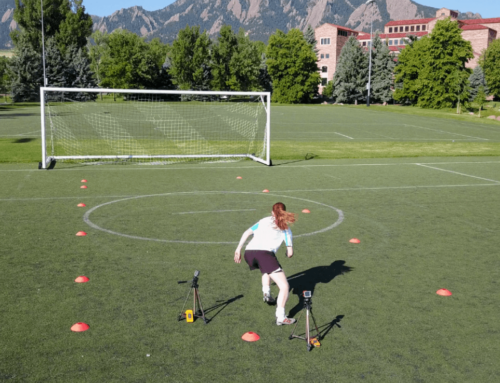The number of reported concussions in youth athletics continues to rise, and over 4 million sports concussions occur annually. 1 in 5 high school athletes will sustain a sports related concussion during the season, and a third of those students will have two or more. Beginning with the 2017 school year, Wisconsin will be the fourth state to provide concussion insurance to student athletes. The new policy will cover 80,000 athletes from 6-12th grade, and comes at a price tag of only $1.50 per student. Arizona, Michigan, and Montana are also providing the same type of concussion insurance. Texas public schools offer an optional concussion insurance plan for about $5, but coverage is not yet provided to all students.
The choice to provide concussion insurance was supported by nearly all members of the board. Wisconsin Interscholastic Athletic Association Executive Director, Dave Anderson, believes “cost should not be the reason that [students] don’t get the diagnosis, the care, the follow-up treatment that they should have if there is a concussion.” The insurance policy provides up to $25,000 of coverage, and has a $0 deductible for families who file a claim.
Providing concussion insurance is one step schools are taking to support student athletes, and show commitment to promoting safe sports. Dave Anderson believes this was a “moral” decision, and notes the WIAA’s ongoing leadership to protect athletes will also safeguard schools from potentially costly concussion lawsuits. In 2014, former high school football player Daniel Bukal filed a lawsuit against the Illinois High School Association for failing to protect athletes from the dangers of concussions. The IHSA did not have concussion protocols in place when Bukal was a student athlete.
Daniel Bukal’s lawyer, Joseph Siprut, has plans to file similar suits against other athletic institutions. Siprut also represented a plaintiff in a concussion lawsuit filed against the NCAA. The NCAA agreed to pay a $75 million settlement to cover the cost of neurological screenings for current and former athletes. The agreement designates $5 million to be used in research and prevention of concussions. Judge John Z. Lee approved the settlement, and explicitly allowed former athletes to sue their college, conference, or the NCAA for damages as a class.
As a result of this ruling, there are expected to be over 50 lawsuits filed against schools including University of Alabama, University of Georgia, and Penn State. The NFL is also currently in the process of negotiating a $1 billion settlement following a class action lawsuit accusing the league of covering up the long-term dangers caused by head injuries. A increasing number of lawsuits may be filed against all levels of sporting institutions, following in the footsteps of former NCAA and NFL athletes.
Comprehensive concussion insurance is yet another tool being used to protect youth athletes and help with treatment. Wisconsin, Arizona, Michigan, and Montana are leading the way, and other states are sure to follow. The next logical step will be for states to mandate safety standards to promote concussion prevention.






